Few stadiums can claim to be the battleground where two of football’s greatest deities carved their names into history. But Estadio Azteca is no ordinary stadium. It’s a colossal temple of football, standing in the heart of Mexico City, where both Pelé and Maradona lifted the World Cup trophy, cementing their legacies.
It’s the only stadium to host two World Cup finals, and both produced moments that will never fade. In 1970, Pelé danced his way to his third and final World Cup triumph, leading what many believe was the greatest team of all time. Sixteen years later, in 1986, Diego Maradona took center stage—first cheating his way to glory with the ‘Hand of God’, then ascending to football immortality with the "Goal of the Century" against England.
But Azteca isn’t just about those two legends. It has been the coliseum for Mexican football, hosting the fiercest club rivalries, historic finals, and moments of chaos, controversy, and unforgettable brilliance.
A Colossal Creation
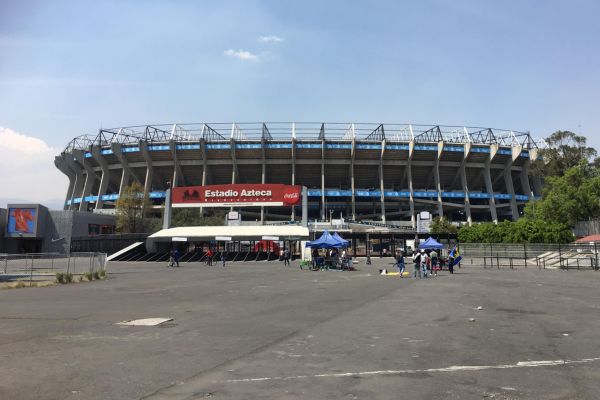
Before Azteca, Mexico didn’t have a football venue big enough for its soaring ambitions. Plans for a mega-stadium were set in motion in the early 1960s, with the goal of creating a venue worthy of hosting a World Cup final. The result? A volcanic giant—quite literally, as parts of the stadium’s foundation sit on volcanic rock—opening its doors in 1966 with a staggering capacity of over 107,000.
This wasn’t just another football stadium; it was designed to strike fear into opponents. At over 7,200 feet (2,200 meters) above sea level, visiting teams struggled to breathe, let alone play their best football. Many have wilted under the intense Mexican sun, while home fans turned it into a cauldron of noise and intimidation.
1970: The Perfect Final

The 1970 World Cup was football at its most beautiful, and no match encapsulated that better than the final at Estadio Azteca. Brazil, led by Pelé, put on a masterclass of attacking football, dismantling Italy 4-1. The final goal—where Pelé effortlessly laid the ball off to Carlos Alberto, who hammered it into the net—remains one of the most iconic goals in football history.
That day, Pelé became the only player ever to win three World Cups, and as he was carried off on his teammates' shoulders, the Azteca witnessed the crowning of football’s first true king.
1986: The Hand of God & The Goal of the Century
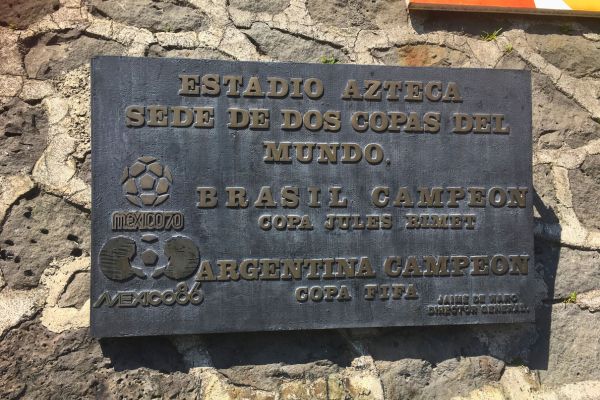
If Pelé’s triumph was a celebration of football’s purity, Diego Maradona’s 1986 performance was a showcase of its madness, genius, and controversy.
In the quarter-final against England, Maradona delivered two of the most famous goals in history—just minutes apart. The first? A blatant punch into the net, which he later described as "a little with the head of Maradona, a little with the hand of God." The referee never saw it, and the goal stood.
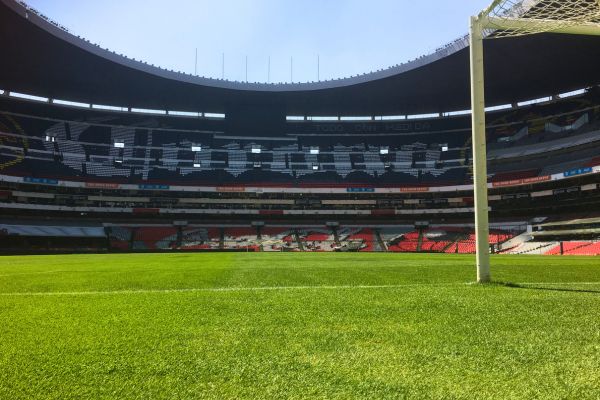
The second? A work of pure magic. Maradona picked up the ball in his own half, danced past five England players, and slotted it home—a goal so breathtaking that FIFA later named it the Goal of the Century.
A week later, in the final against West Germany, Maradona sealed his legacy, leading Argentina to a 3-2 victory. As he hoisted the World Cup trophy in front of a sea of ecstatic fans, Azteca had witnessed the birth of a new football god.
Chaos, Passion, and Legendary Matches
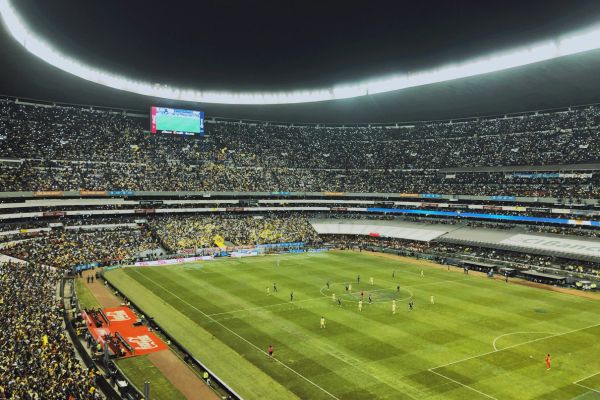
Azteca hasn’t just been a stage for World Cup glory—it has also hosted some of the wildest moments in football:
Sao Caetano vs. América (2004 Copa Libertadores) – After a bad-tempered match, América players literally jumped down the tunnel to escape a massive brawl.
A Modern Giant with a Legendary Past
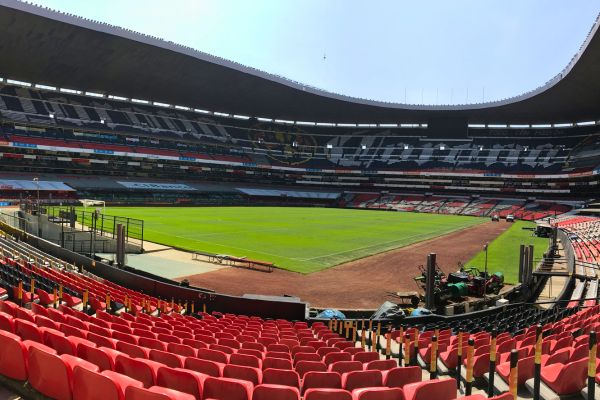
Over the years, Azteca has evolved. The stadium’s capacity has been reduced to around 87,000, and modern renovations have made it a sleeker, more comfortable venue. Yet, it remains an intimidating fortress, still echoing with the voices of legends.
Today, it serves as the home of Club América and the Mexican national team, still hosting massive finals, unforgettable clashes, and even Super Bowl halftime stars—yes, even Shakira has graced this stage.
Soon, it will enter the history books again as the first stadium to host matches at three different World Cups. Read more in The Stadium Breaking Records in 2026.
An Icon That Stands Above the Rest
Few stadiums can claim to have hosted both Pelé and Maradona’s greatest moments, to have seen cheating and genius in equal measure, and to have left players gasping for breath—both from exhaustion and awe.
Estadio Azteca isn’t just a stadium. It’s a battleground where football gods have risen, where history has been written in gold, and where every blade of grass holds a thousand stories.
Even fan culture was shaped here—The Mexican Wave That Isn’t Actually Mexican traces its global roots back to the joyful chaos of 1986. And The Legacy of Nachito, a tribute to one young fan immortalized in bronze, is a powerful symbol of just how deep the emotional ties run inside this stadium.
If you ever find yourself in Mexico City, step inside. You’re not just visiting a stadium. You’re stepping onto holy ground.
